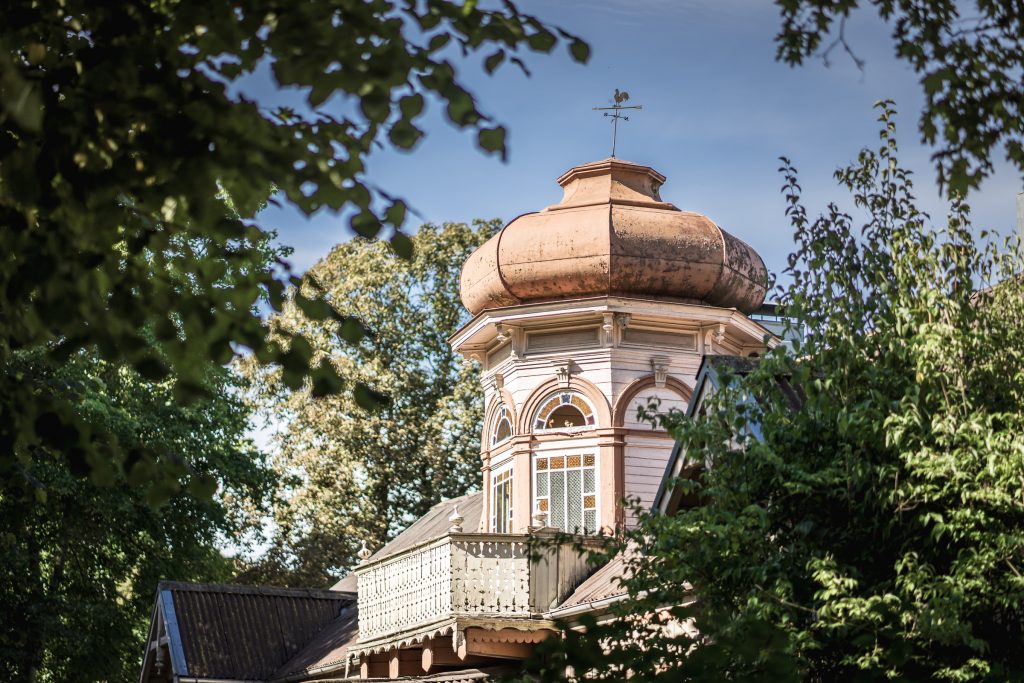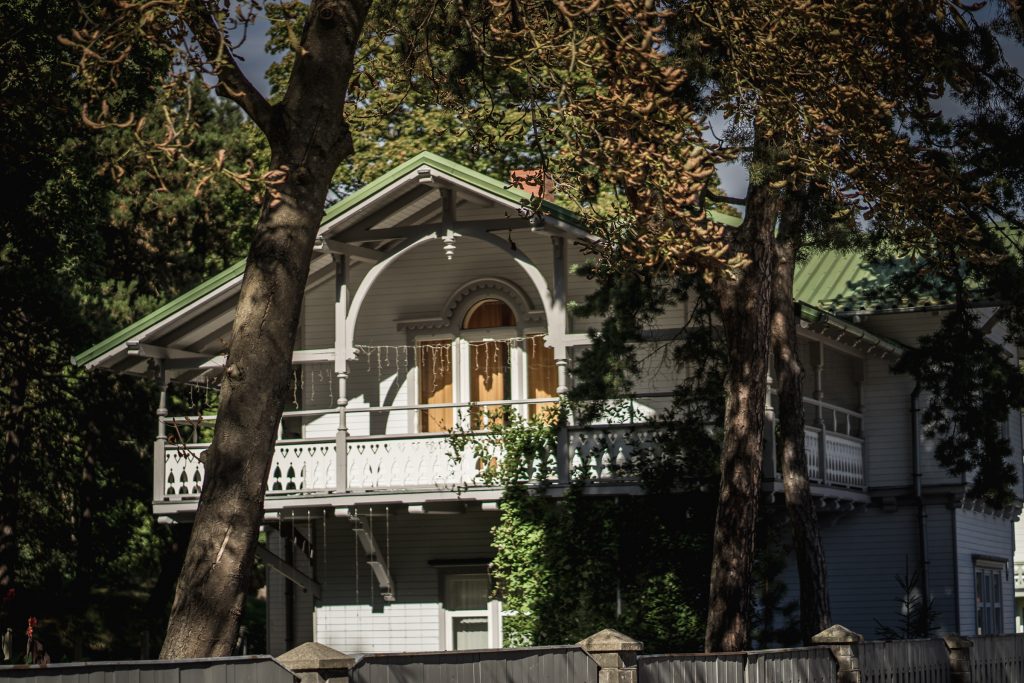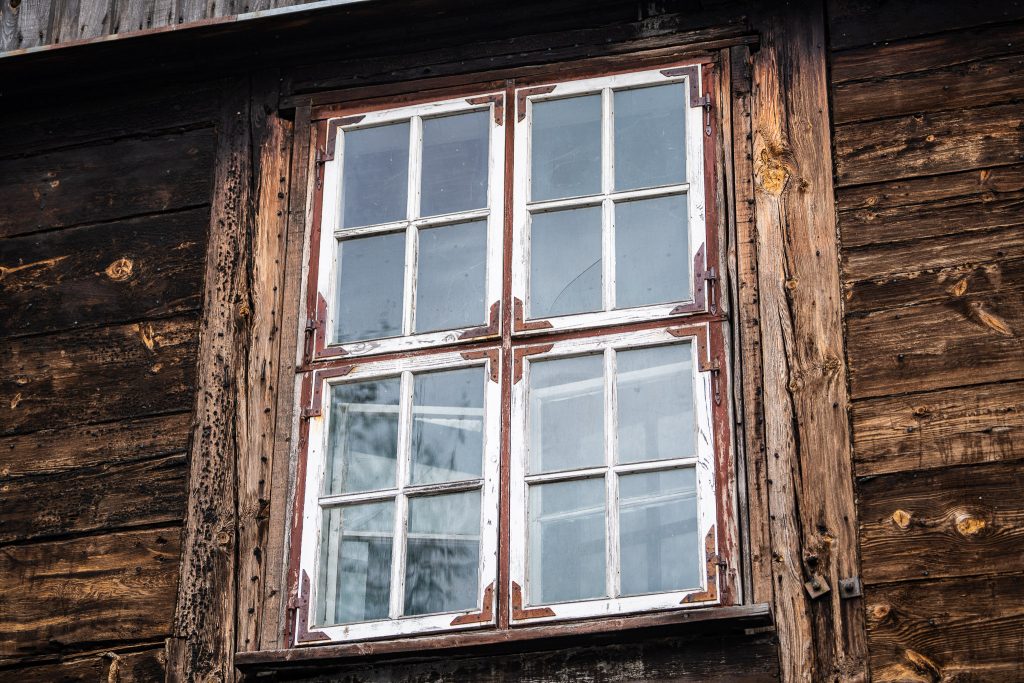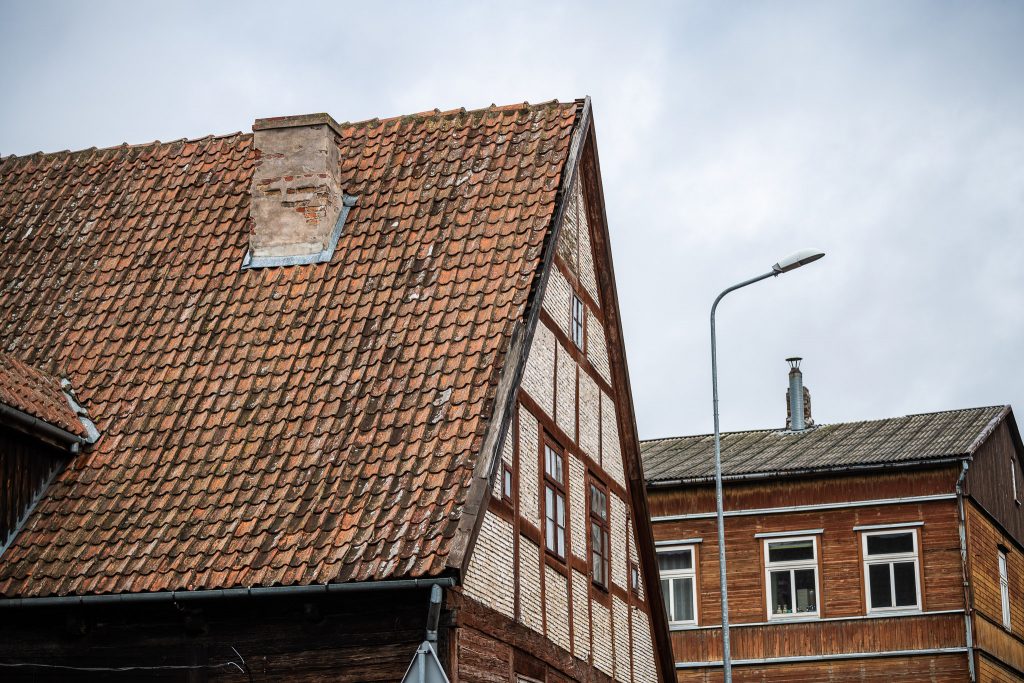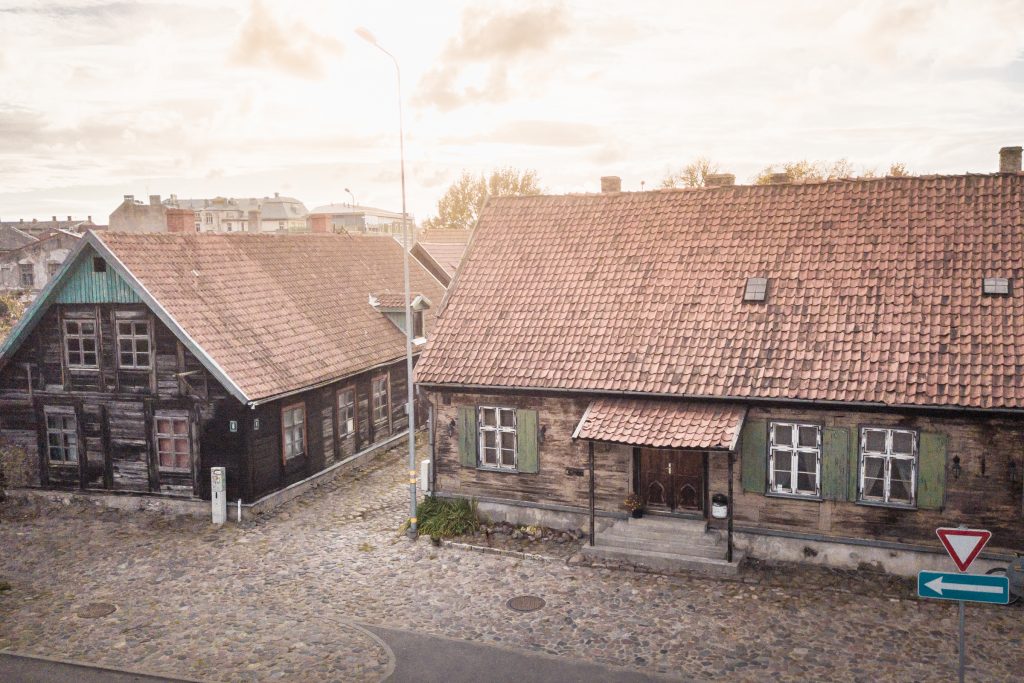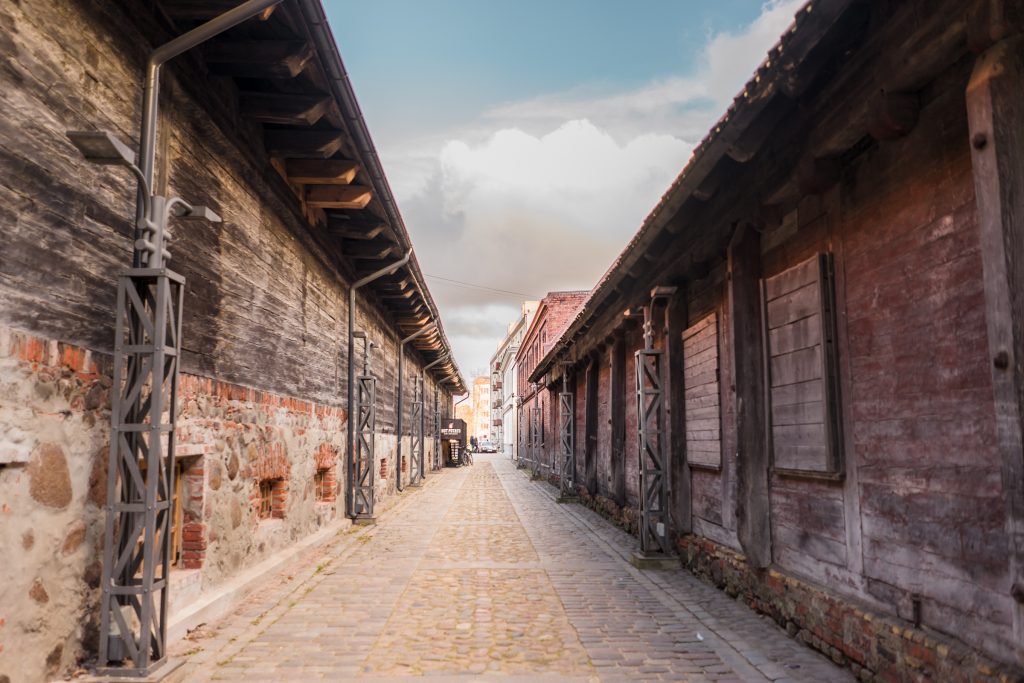The wooden architecture of Liepāja is very multifaceted with a long history behind it. The oldest wooden buildings in Liepāja date back to the 17th century.
A great example of this is Kungu Street, which was the main street of the city in the 17th century. 24 Kungu Street and its courtyard has a unique complex of buildings. The most notable building was known as Madame Hoyer’s Hotel, where the Russian Tsar Peter I stayed in 1697. The building is currently being renovated to become a museum of interior.
The so-called wooden workers’-buildings, built at the end of the 19th and beginning of the 20th centuries, also play a part in the wooden architecture of Liepaja. They are mostly simple two-storey buildings, though each one does have some sort of a decorative element – small wood décor elements on the façade or doors and widow frames with decorative wood carvings. Such buildings can be seen in Jaunliepāja (New Liepāja) and next to Lake Liepāja on Bērzu, Apšu, Ezera, Bernātu and other streets.
The wooden buildings near the Seaside Park, on the other hand, are truly luxurious with their Swiss style architecture – intricate wood carvings on the balconies, handrails and façades. The most ornate examples can be found on Dzintaru, Liepu, Peldu, Hika and Vites streets – in the former summer villa neighbourhoods.
These wooden buildings, which are mostly residential buildings today, make the city and its architectural heritage richer and are one of the great things Liepāja can be proud of.
